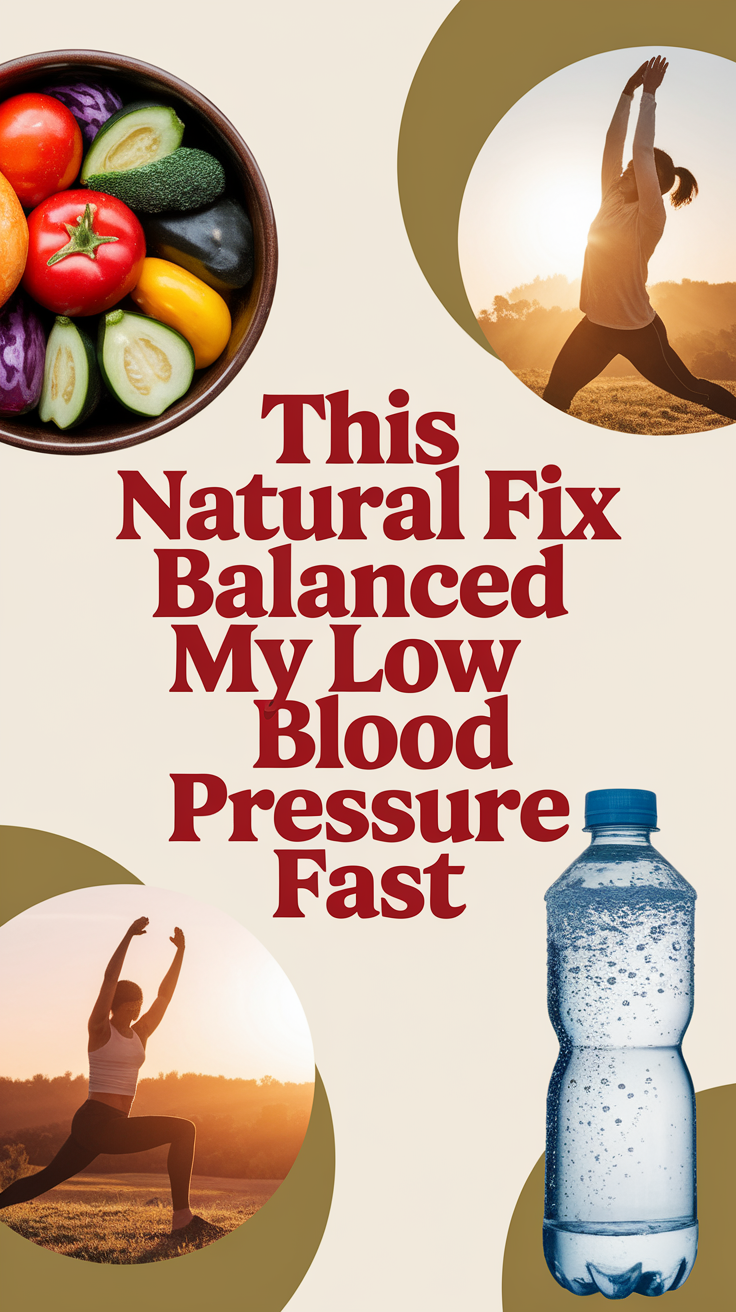Moreover, integrating citrus infusions into your daily routine can enhance hydration and provide immune-boosting benefits.
Balanced Eating Habits
Adopting balanced eating habits serves as a key long-term strategy for maintaining stable blood pressure.
You build resilience by prioritizing nutrient-rich foods that regulate your body’s systems, drawing on evidence from dietary studies showing their impact on vascular health.
This approach helps you sustain energy and prevent fluctuations.
- Picture a vibrant salad of potassium-packed bananas and spinach, countering sodium’s pull on your vessels.
- Imagine sipping herbal tea alongside omega-3-rich fish, easing your heart’s workload.
- Envision a plate with colorful veggies like beets, naturally widening your arteries.
- See yourself measuring portions of whole grains, stabilizing your blood flow steadily.
- Visualize daily nuts and seeds, fortifying your system with magnesium for precise pressure control.
Consistent Exercise Routines
Regular physical activity builds on balanced eating by fostering long-term blood pressure stability through enhanced cardiovascular function.
You’ll strengthen your heart and improve circulation with routines like brisk walking, swimming, or cycling for at least 150 minutes weekly, as studies show this boosts blood volume and vascular health.
Stick to moderate exercises to avoid spikes; monitor your progress and consult a doctor first.
Over time, this habit prevents dips in blood pressure, enhancing energy and reducing fatigue, so integrate it consistently for sustained balance and well-being.






